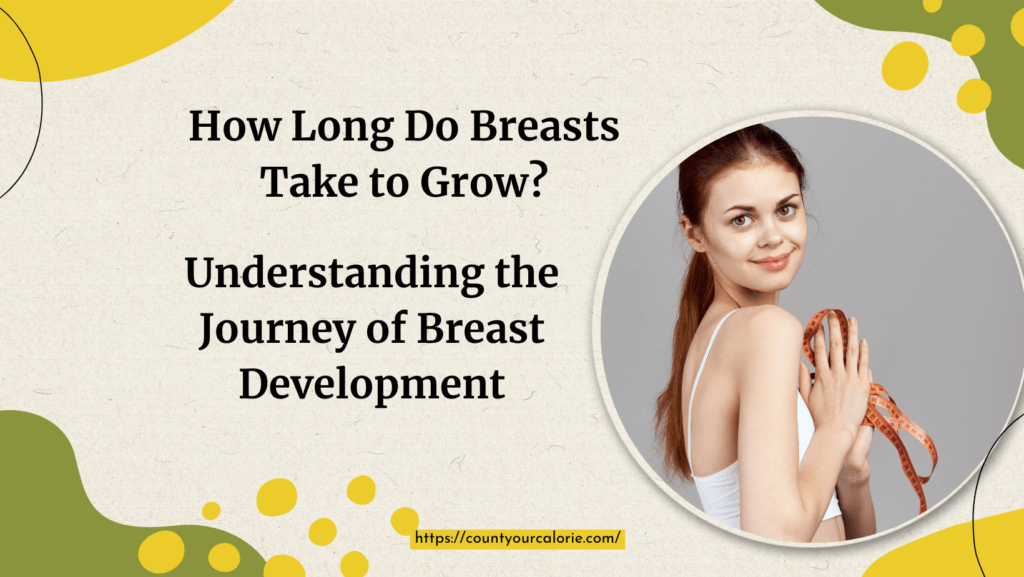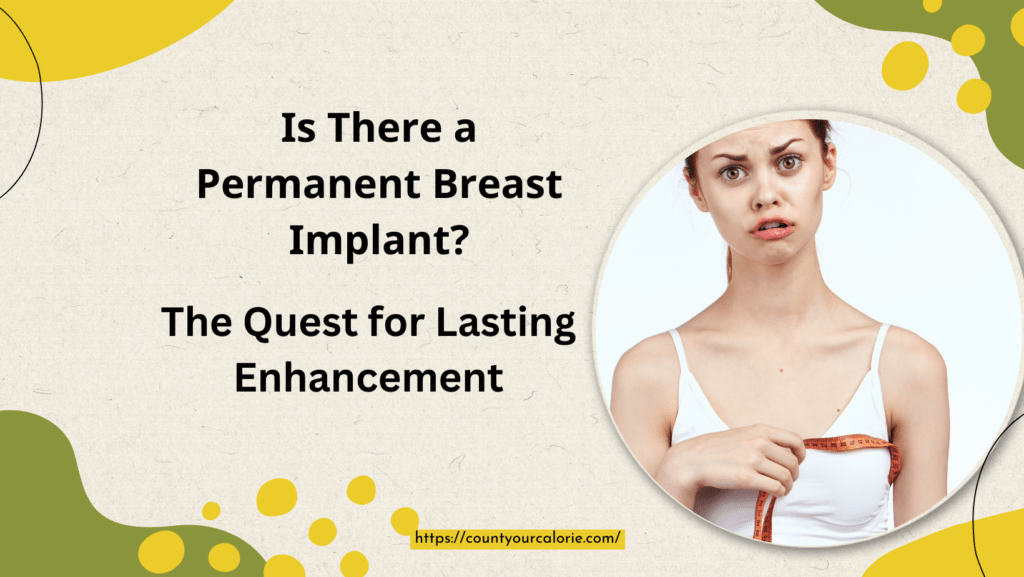Breasts play a significant role in defining a woman’s physical appearance and are associated with femininity, body image, and self-esteem. The growth of breasts is a natural process that occurs during puberty, and the timeline for this growth can vary from person to person.

Understanding the factors influencing breast development and the average time it takes for breasts to grow can be essential for young women and parents alike. In this article, we will delve into the intricacies of breast development, the stages involved, and various factors that can affect this journey.

Understanding Breast Development:
Breast development is a complex process influenced by hormonal changes and genetic factors. It begins during embryonic development, but significant growth and changes occur during puberty.
Around the ages of 8 to 13 years, the pituitary gland in the brain releases hormones such as estrogen and progesterone, signaling the onset of puberty. These hormones trigger changes in the body, including the growth and development of breasts.
Stages of Breast Development:
Breast development can be broadly categorized into five stages known as the Tanner stages or breast buds. These stages outline the changes that occur in the breasts over time:
- Stage 1: Prepubertal Stage — In this stage, there is no glandular tissue present in the breasts, and they appear flat or nearly flat.
- Stage 2: Breast Bud Stage — This stage typically occurs around the ages of 8 to 13 years. Small, tender lumps (breast buds) form under the nipple area, indicating the onset of breast development.
- Stage 3: Continued Growth — As breast development progresses, the buds continue to grow, and the nipples and areolas may become raised.
- Stage 4: Areola and Nipple Projection — During this stage, the areolas and nipples further project from the breasts as they continue to grow in size.
- Stage 5: Adult Breasts — In the final stage, the breasts reach their adult size and shape. The areolas may still be slightly raised, but they have now become part of the overall breast contour.
It is crucial to remember that the timeline for each of these stages can vary significantly from person to person.
Factors Affecting Breast Development:
Several factors can influence the growth and development of breasts, leading to variations in the timing and pace of growth. Some of the key factors include:
- Genetics: Family history plays a crucial role in determining breast size and shape. If a woman’s mother and other female relatives have larger breasts, it is likely that she will also experience similar breast development.
- Hormonal Balance: Hormones, particularly estrogen, and progesterone, are instrumental in breast development. Any hormonal imbalance during puberty can affect breast growth.
- Nutrition: A balanced diet that includes essential nutrients like proteins, vitamins, and minerals is vital for overall development, including breast growth.
- Physical Activity: Regular exercise and physical activity contribute to a healthy body, which can indirectly influence breast development.
- Body Weight: Body weight can impact the amount of fat tissue in the breasts, which, in turn, affects their size.
Age Range for Breast Development:
As mentioned earlier, the onset of breast development usually occurs between the ages of 8 to 13 years, with the average age being around 10 to 11 years. However, it is essential to remember that every individual is unique, and some may experience breast growth earlier or later than others.
Rate of Breast Growth:
The rate at which breasts grow during puberty can vary considerably. Some girls may experience a rapid growth spurt, leading to significant breast development within a short period. In contrast, others may experience a more gradual growth process, extending over several years.
Breast Asymmetry:
It is common for girls to experience breast asymmetry during development. This means that one breast may grow faster or larger than the other. In most cases, breast asymmetry evens out as development continues, but slight differences in breast size are entirely normal.
Pregnancy and Breast Growth:
Pregnancy can also lead to changes in breast size and shape due to hormonal fluctuations and increased blood flow to the breasts. Breast tissue may become more glandular, and the breasts may increase in size during pregnancy, often in preparation for breastfeeding.
Breast Growth Concerns:
While breast development is a natural and healthy process, some individuals may have concerns about their breast growth. For example, girls who experience delayed breast development or show no signs of breast buds by the age of 14 may want to consult a healthcare professional to rule out any underlying medical conditions.
Similarly, excessive breast growth or a sudden change in breast size may warrant a visit to a doctor to investigate potential hormonal imbalances or other health issues.

Conclusion:
Breast development is a unique and individual journey that occurs during puberty. It is a natural process influenced by genetics, hormones, nutrition, and various other factors. While the average age for breast development is between 10 to 11 years, there is significant variation among individuals.
It is essential to remember that breast development is a normal part of growing up and that the timeline for this process can differ from person to person. If there are any concerns about breast development, it is always best to seek guidance from a healthcare professional who can offer appropriate advice and support.
Read More






Pingback: How Breasts Grow: Myths, Truths & Natural Tips
Pingback: A Guide to Natural Breast Enlargement Techniques At Home
I don’t even know how I finished up here, but I assumed this publish used to be great. I do not know who you might be however definitely you are going to a well-known blogger in the event you aren’t already 😉 Cheers!
You made some decent points there. I did a search on the topic and found most guys will approve with your website.